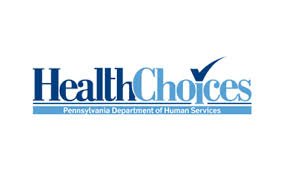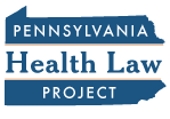Presentation on Value-Based Purchasing in PA Medicaid
 Pennsylvania’s Medicaid program is moving toward greater use of value-based purchasing in its Medicaid behavioral health programs.
Pennsylvania’s Medicaid program is moving toward greater use of value-based purchasing in its Medicaid behavioral health programs.
Last week, the state’s Office of Mental Health and Substance Abuse Services held a webinar to offer information about the state’s plan for employing value-based purchasing in Medicaid and how it will do so for behavioral health services in particular. Go here to see the presentation delivered at that webinar.



 The process of determining Medicaid eligibility in Pennsylvania either begins or works its way through the state’s county assistance offices.
The process of determining Medicaid eligibility in Pennsylvania either begins or works its way through the state’s county assistance offices. Among those steps are ensuring that only providers registered with the state’s Medicaid program can prescribe opioids and fill opioid prescriptions for Medicaid patients; monitoring the opioid-prescribing practices of participating Medicaid providers and taking actions when those practices are inappropriate; introducing new opioid prescribing guidelines; improving access to naloxone to fight opioid overdoses; expanding drug treatment programs; and more.
Among those steps are ensuring that only providers registered with the state’s Medicaid program can prescribe opioids and fill opioid prescriptions for Medicaid patients; monitoring the opioid-prescribing practices of participating Medicaid providers and taking actions when those practices are inappropriate; introducing new opioid prescribing guidelines; improving access to naloxone to fight opioid overdoses; expanding drug treatment programs; and more. The Pennsylvania Health Law Project has issued a statement detailing its perspective on the recently proposed American Health Care Act, which would both repeal and replace the Affordable Care Act of 2010.
The Pennsylvania Health Law Project has issued a statement detailing its perspective on the recently proposed American Health Care Act, which would both repeal and replace the Affordable Care Act of 2010. Among the issues on the agenda of the Medicaid and CHIP Payment and Access Commission were:
Among the issues on the agenda of the Medicaid and CHIP Payment and Access Commission were: